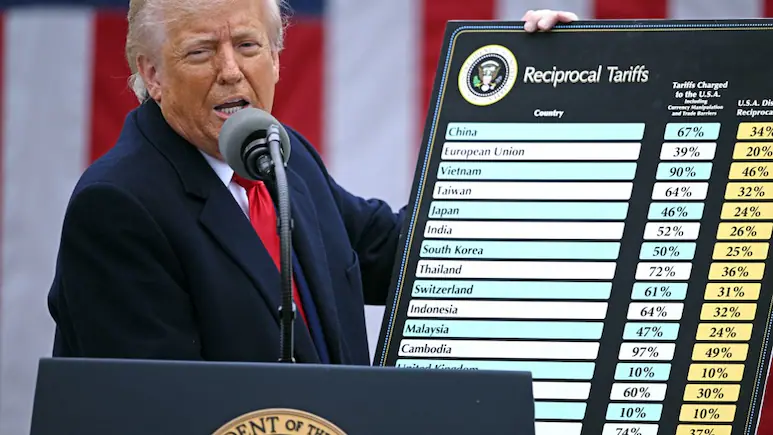Apple pulled off a bold and super-fast operation flying five full cargo planes loaded with iPhones and other products from India and China to the U.S. in just three days. Why? Because they were racing against a deadline. The Trump administration was about to add big taxes (called tariffs) on products coming from China. Apple didn’t want to pay those extra charges or increase iPhone prices. So, instead of waiting around, they quickly shipped their phones before the new rule kicked in. It was like a real-life action movie, but with iPhones instead of secret agents.
Why the Rush? Tariffs Were Coming
The U.S. government under President Trump had announced tariffs to put pressure on China. These taxes would make imported goods more expensive. For Apple, which makes a lot of its devices in Asia, this meant spending more money or raising prices for customers in America. With the holiday season near, they couldn’t take that risk. So they acted fast to fly the products in before the tariffs began. Most companies can’t move this quickly, but Apple’s global supply chain and strong planning made it happen.
India’s Role in Apple’s Smart Plan
What made this move even cooler? Apple didn’t just depend on China. They also used their factories in India. This gave them more flexibility and options. India’s location, better trade terms, and growing tech industry helped Apple make this decision. Apple has been working to reduce its heavy reliance on China for a while now, and this was a perfect example of that plan in action. So while the world saw it as a quick move, Apple had been preparing behind the scenes for a long time.
Was Air Shipping Expensive? Yes. But Still Cheaper Than Tariffs
Flying phones across the world is not cheap. Planes cost a lot more than ships, especially when you’re moving thousands of iPhones. But when Apple compared the cost of flying to the cost of paying new taxes, flying was still the better deal. Plus, they kept their customers happy by avoiding price hikes or product delays. This wasn’t just about saving money, it was about staying smart, quick, and in control. It also showed everyone just how powerful and well-prepared Apple is.
What We Can Learn from Apple’s Bold Strategy
In the end, Apple’s plan worked. They avoided the extra costs and kept their phones on store shelves right on time. This wasn’t just a business win, it showed how important it is to plan ahead and act fast when rules change. Apple proved that global companies need more than just good products; they need smart strategies, strong logistics, and quick decision-making. While many companies were still figuring out what to do, Apple had already done it. And that’s what makes them a leader in the tech world.
FAQs:
Q1: Why did Apple pick airfreight instead of sea shipping?
Apple went with airfreight because it was the fastest way to get iPhones into the U.S. before the new Trump tariffs kicked in. Shipping by sea would have taken weeks—too slow to beat the deadline.
Q2: Where did Apple fly the iPhones from?
The iPhones were shipped straight from Apple’s major manufacturing hubs in China and India to the United States. These locations are key parts of Apple’s global production network.
Q3: How much did this iPhone airlift cost Apple?
While Apple hasn’t shared exact numbers, the operation likely cost millions of dollars. Still, that was cheaper than paying the high tariffs or risking product shortages during the busy holiday season.
Q4: Is Apple moving more of its iPhone production to India?
Yes, Apple is increasing production in India as part of its long-term strategy. India offers better trade terms, lower costs, and is becoming a major export hub for the company.
Q5: Can other companies do what Apple did?
Not easily. Very few companies have the money, planning power, and global supply chain that Apple does. Pulling off five international flights in three days takes serious resources.











